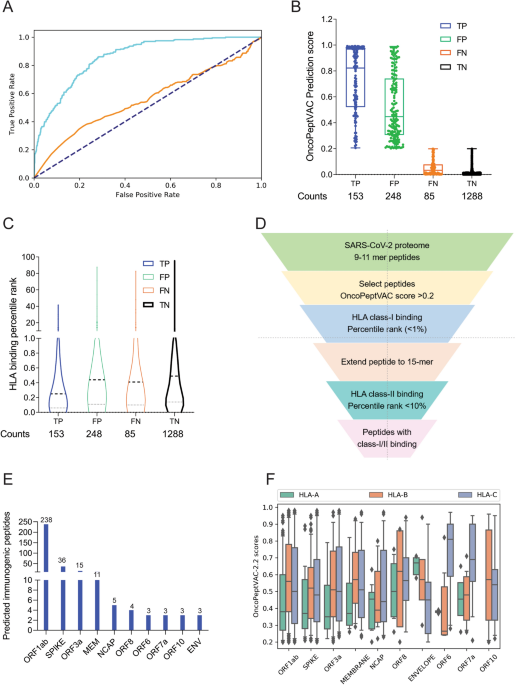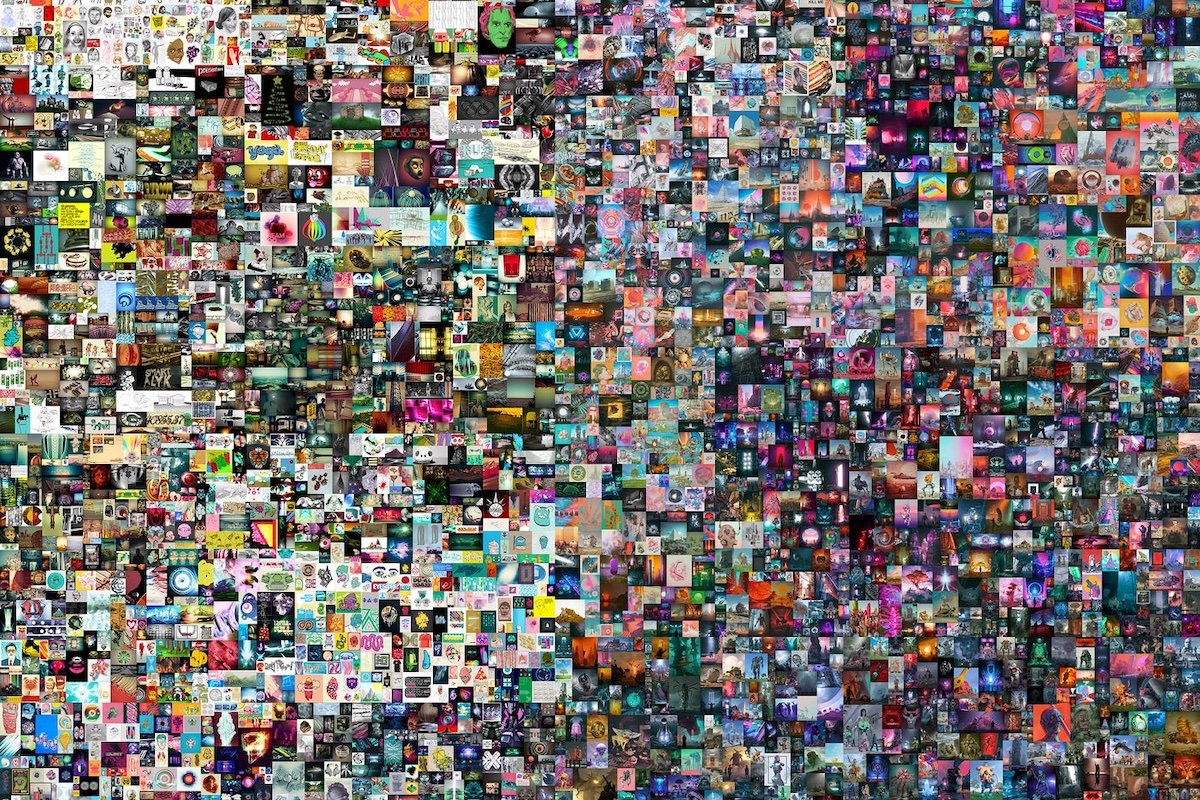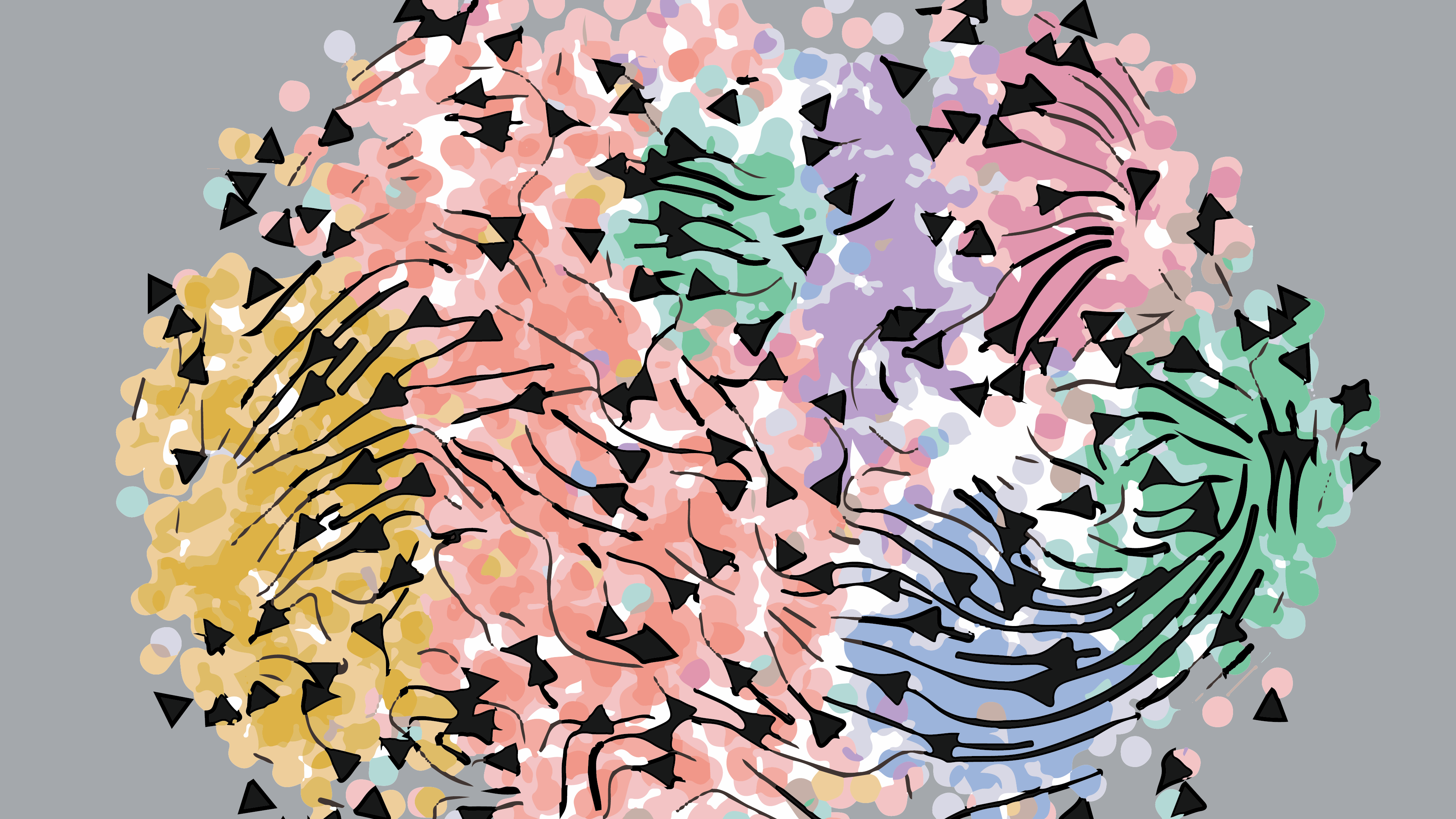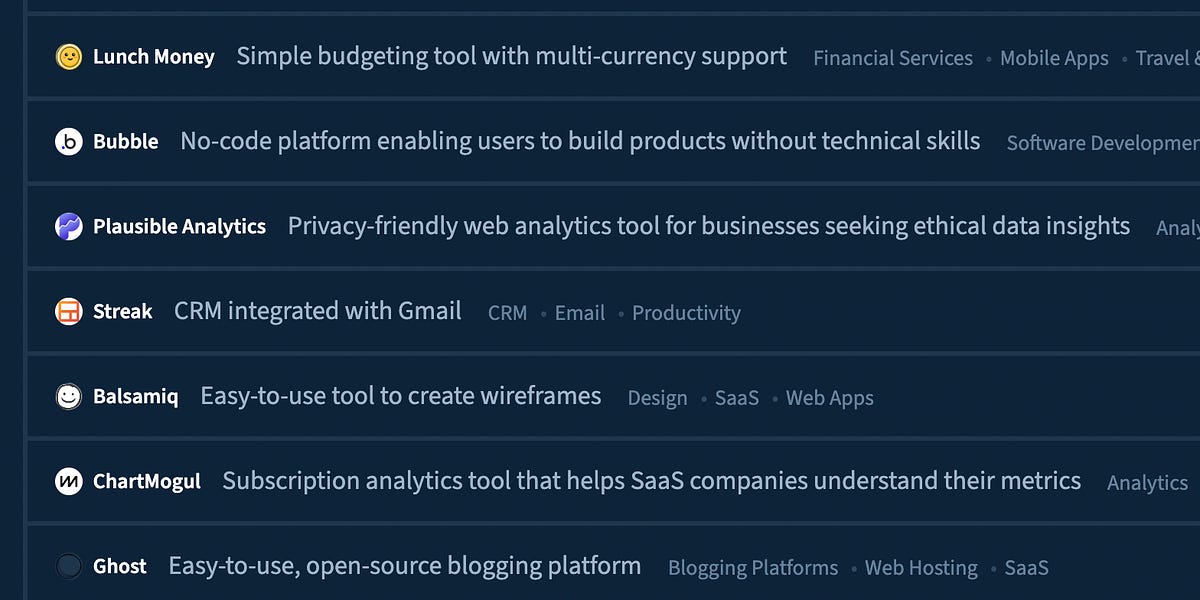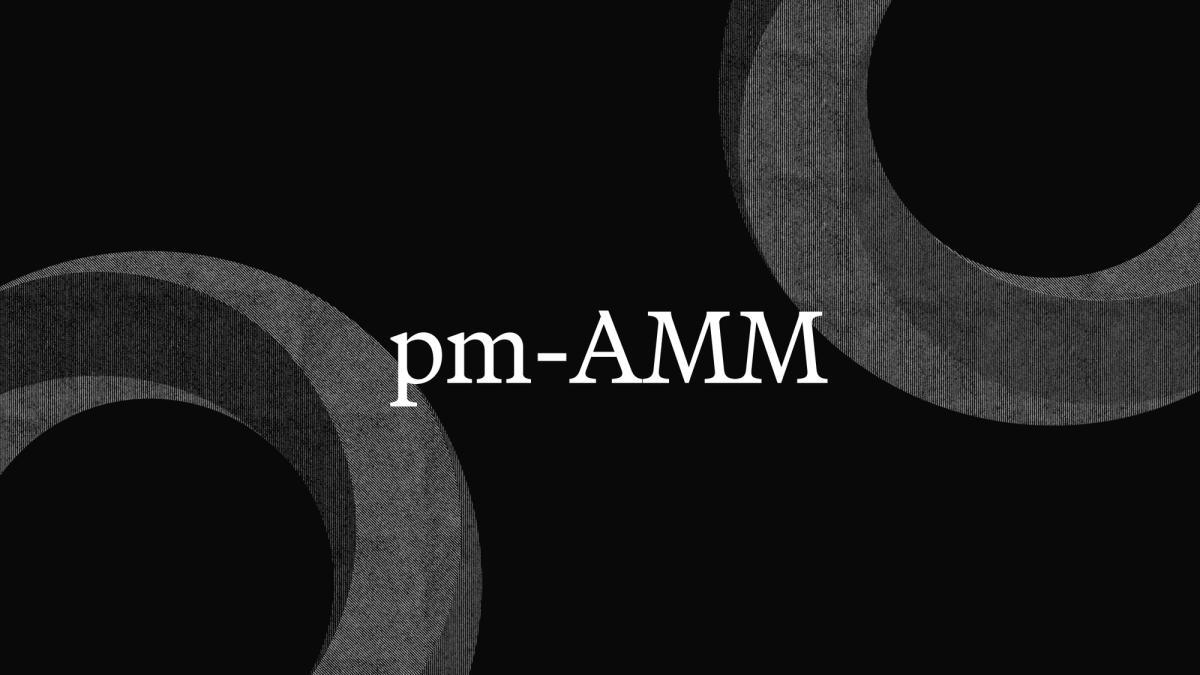
Why Recursion Pharmaceuticals abandoned cell painting for brightfield imaging
Note: thank you to Brita Belli, senior communications manager at Recursion, for connecting me to Charles Baker, a VP at Recursion, who led a lot of this work I’ll discuss here + allowed me to interview him about it! I am not affiliated with Recursion in any capacity.
One more note: a few people have pointed it out that I got the cell painting invention date wrong. It’s actually 2013 from this paper, and not 2016 from this paper. My bad! A few words here have been updated to account for this.
They were one of the first biotechs to apply machine-learning (ML) to the problem of drug discovery back in 2013 and, currently, seem to be the only winners in the area. I use ‘winner’ loosely of course — they have yet to push a drug to market and their recent Phase 2 readouts were disappointing (here is some nuance on the whole subject that most article leave out though 1 ). Of course, caveats on this readout (maybe) being an unfairly negative assessment of the company’s capabilities, given that it was Chris Gibson’s — the CEO of Recursion — PhD project from 2013 2 , and drugs take time to develop.
Nevertheless, they have done something that very few others in their shoes have: survive for years and not be under active threat of going under.
Leave a Comment
Related Posts

Scientists Win $1.2 Million Prize for Research That Could Make Protein Shakes from Plastic Waste
Comment